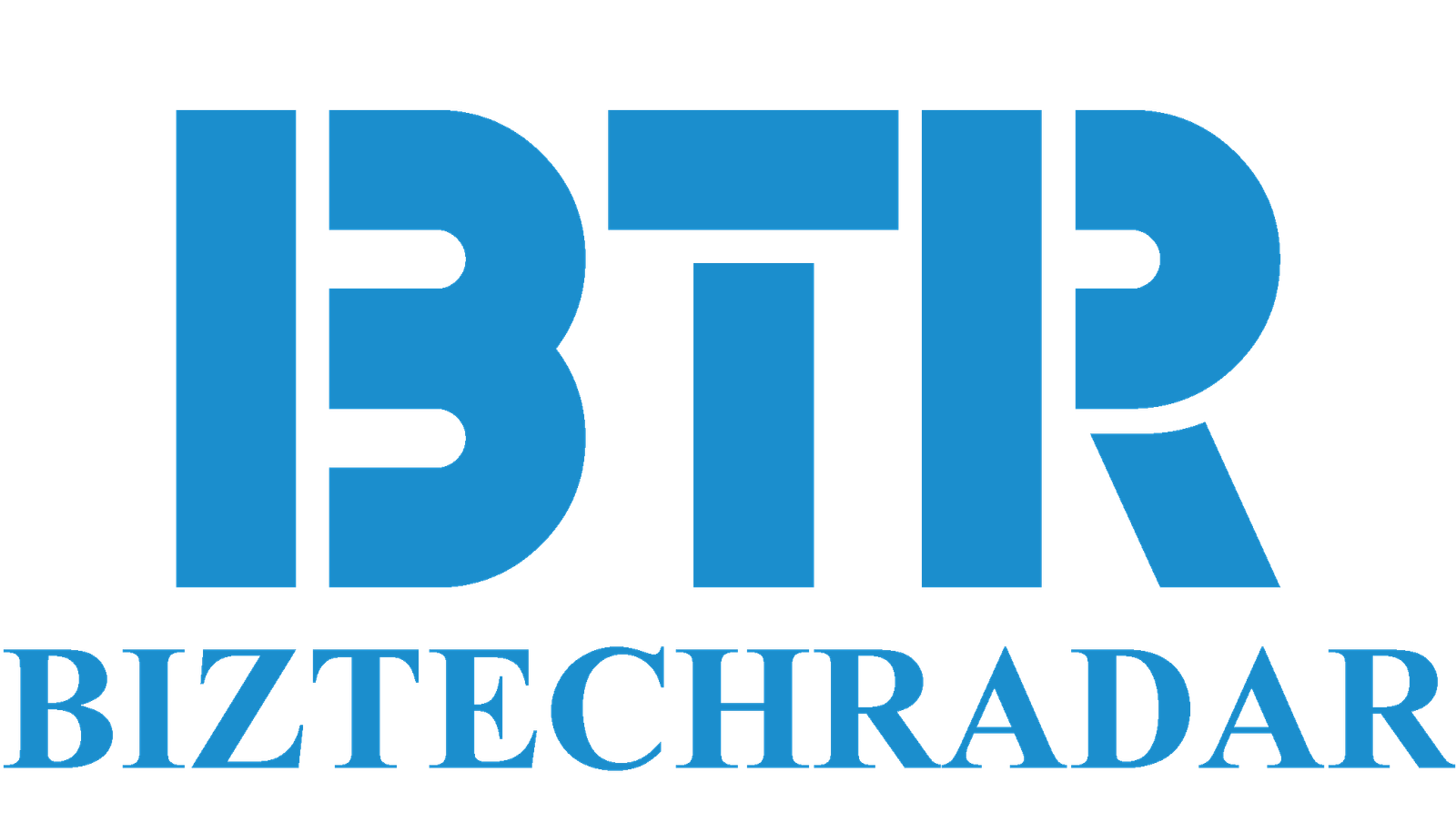The Software Now Includes over 150 Data Sources like Salesforce, Google Analytics, HubSpot, MySQL, Quickbooks, Shopify, Netsuite and More
Mvix, a leading provider of content-rich digital signage software and solutions, announced the launch of a data integrations portal with over 150 business data sources and integrations.
The portal, which lives within the Mvix digital signage software, includes data sources like Salesforce, Google Analytics, HubSpot, MySQL, Quickbooks, Shopify, Netsuite and more. Using data from these business tools, users can create charts and dashboards to display KPIs and performance on digital signage screens.
How It Works
Connect business data
Within the data integrations portal, Mvix users first add their data sources such as Salesforce, Google Analytics, HubSpot, MySQL, Google Sheets and Excel, Amazon Redshift and more. Having all of this data in one place centralizes business data, creating a single source of truth for the business.
Also Read: Two Hat Is Changing the Landscape of Content Moderation With New Image Recognition Technology
Create charts and dashboards
Using a smart builder, the data is used to create custom reports and charts showing performance metrics and KPIs. The charts can be grouped together to create dashboards.
For example, a sales dashboard can have charts showing total sales quotes, weekly sales, quotes vs. booked orders, and pipeline tracking.
A marketing dashboard will include charts for total inbound leads and lead sources, impressions and clicks from ads, number of new trials, cart abandonment rate and weekly site visitors.
A company health dashboard will have charts displaying the fiscal progress, customer lifetime value, overall return rate, average days until second order, customer pain points and more.
Dashboards help teams to better understand and visualize key metrics that will help their business grow faster.
Deploy to teams
The dashboards are then deployed to digital signage screens to keep large teams in sync and inspire focus.
Since the dashboard display is auto-updated anytime the data changes at the source, the on-screen content is always fresh and relevant. This real-time dissemination of business intelligence data within or across teams can help companies make quicker decisions.
For example, a marketing dashboard can be used to monitor buying behavior and inform marketing strategy.
A sales dashboard can be used to drive marketing spend, accountability and growth.
A company health dashboard can be used to pinpoint customer pains to drive product, marketing and sales initiatives.
By broadcasting the dashboards on digital signage screens, employees are kept in the loop so they can align their efforts to the goals that matter most.
“The Mvix data integrations portal houses core business data in one place. Blending insights and data from business apps like Google Analytics, Quickbooks, Facebook, Excel and many others will truly establish a data-driven culture and accelerate growth,” says Mike Kilian, senior director of business development. “When easily seen on digital signage screens, performance metrics and KPIs will be at your team’s fingertips and always on their mind.”
Recommended Read: Brexit Uncertainty Doesn’t Faze this US Company









